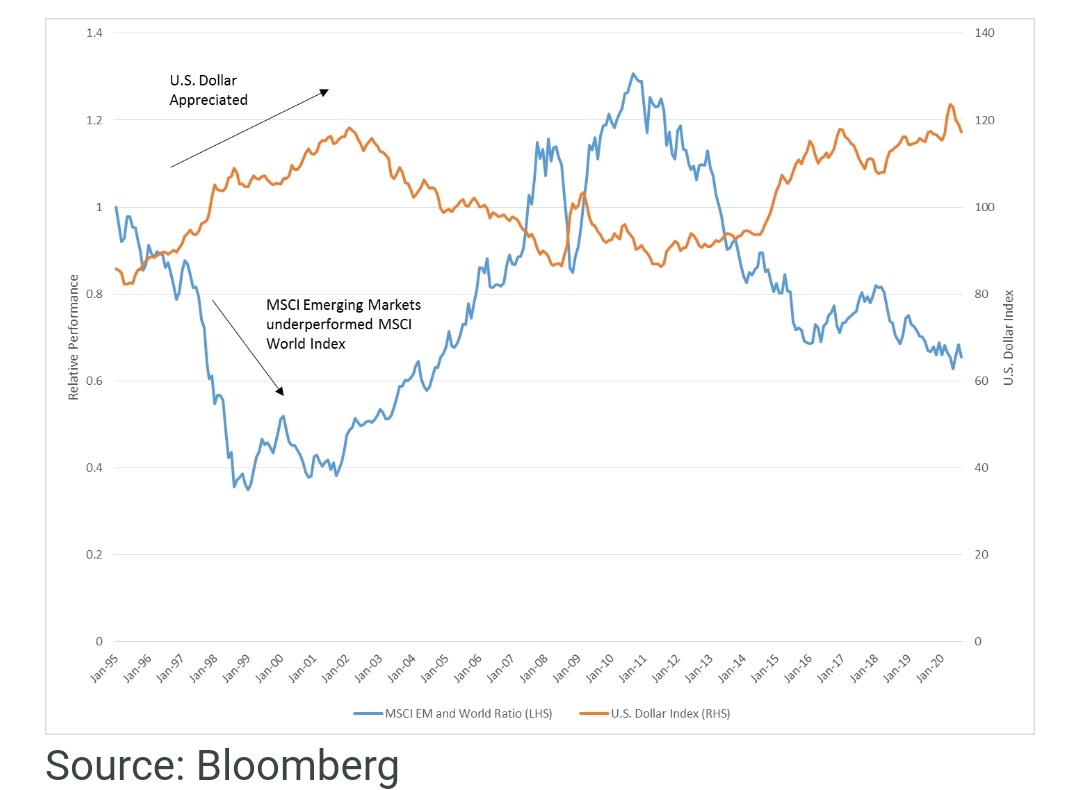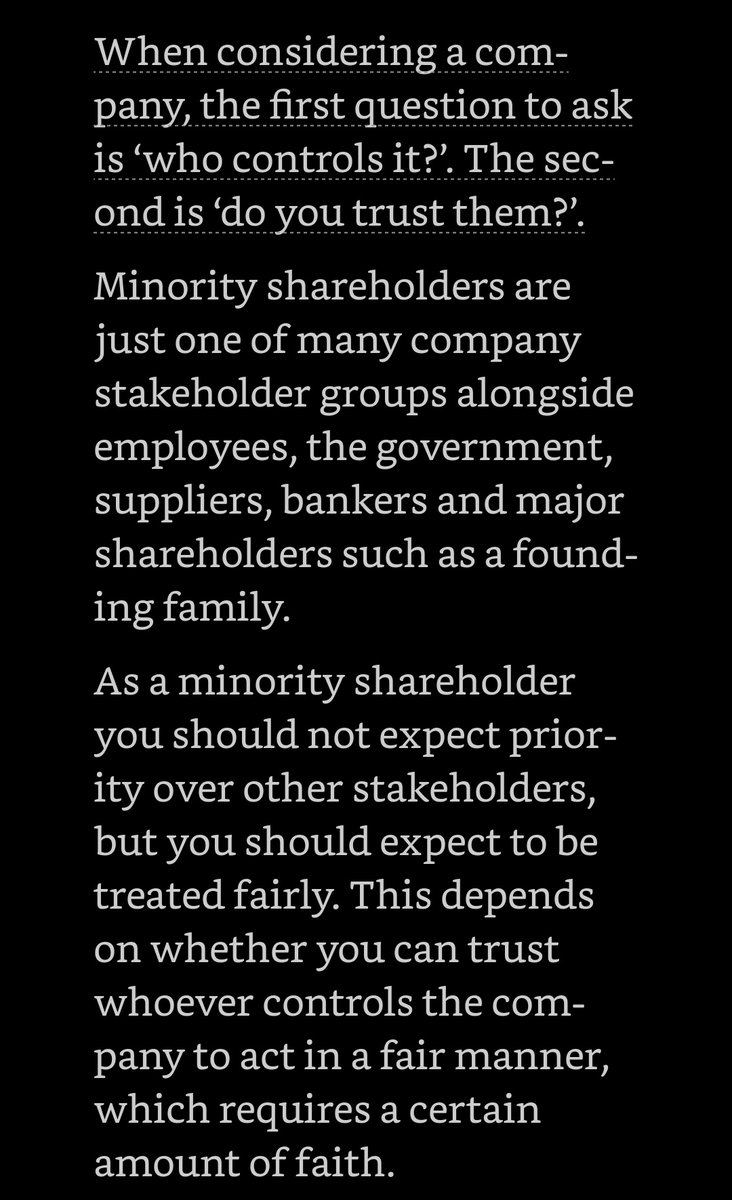
A simple thread to understand the meaning of investment cycle (Gross Fixed Capital Formation) in the economy and why it is important?
Which sectors can benefit in such cycle and why?
Do share if you find it useful.
1/n
Which sectors can benefit in such cycle and why?
Do share if you find it useful.
1/n
What is Gross Fixed Capital Formation?
There are essentially 2 methods to calculate GDP of a country. Both methods ultimately tries to measure the total value of goods and services produced in the country during a particular period.
2/n
There are essentially 2 methods to calculate GDP of a country. Both methods ultimately tries to measure the total value of goods and services produced in the country during a particular period.
2/n
1. Income Method of GDP calculation adds up INCOME EARNED from all goods and services produced in the country.
2. Expenditure method of GDP calculation takes into account all purchases of goods and services in the country.
3/n
2. Expenditure method of GDP calculation takes into account all purchases of goods and services in the country.
3/n
Expenditure method adds up all
consumer spending(C), government spending (G),
business investment spending (I), and net exports (x-m)
Formula:
GDP = C + I + G + (X − M) is the formula for EXPENDITURE method of GDP.
4/n
consumer spending(C), government spending (G),
business investment spending (I), and net exports (x-m)
Formula:
GDP = C + I + G + (X − M) is the formula for EXPENDITURE method of GDP.
4/n
The “I” (investment) component in the above includes, business investments in creating new assets and spending by households (not government) on new houses also gets included in Investment.
This is known as "Gross Fixed Capital Formation"
5/n
This is known as "Gross Fixed Capital Formation"
5/n
Simply put GFCF includes spending on land improvements, plant, machinery, equipment purchases, construction of roads, railways, private residential buildings and commercial & industrial buildings and parks.
6/n
6/n
How GFCF (Investments) impacts economy?
A rise in GFCF contributes towards higher aggregate demand and most importantly also increases productive capacity of the economy.
7/n
A rise in GFCF contributes towards higher aggregate demand and most importantly also increases productive capacity of the economy.
7/n
Eg: A company makes an investment and puts up a new car manufacturing plant.
The construction of this manufacturing plant will lead to expenditure of cement, steel, machinery, etc.
This is the 1st level of demand creation by such investment which helps the GDP grow.
8/n
The construction of this manufacturing plant will lead to expenditure of cement, steel, machinery, etc.
This is the 1st level of demand creation by such investment which helps the GDP grow.
8/n
Once the manufacturing plant is ready and starts manufacturing cars it will increase the production capacity (productivity) of the economy.
This way, investment in manufacturing plant led to rise in demand and also increased productivity at the same time.
9/n
This way, investment in manufacturing plant led to rise in demand and also increased productivity at the same time.
9/n
It is important to note that the quality of investment defines how much it can help the economy.
An investment in a manufacturing plant will be more impactful than constructing a residential building. While both are important, the multiplier impact is higher of the former.
10/n
An investment in a manufacturing plant will be more impactful than constructing a residential building. While both are important, the multiplier impact is higher of the former.
10/n
On the other hand, the opportunity cost of GFCF investment is lower immediate consumption. At least in the short-term.
If more resources are spent on capital goods, it leads to a decline in consumption of consumer goods.
11/n
If more resources are spent on capital goods, it leads to a decline in consumption of consumer goods.
11/n
Let's take same example of a company which was suppose to construct a car manufacturing plant.
If instead of spending on investment, the company gave cash bonuses to its employees or dividends to shareholders, it may lead to some immediate spurt in consumption of goods.
12/n
If instead of spending on investment, the company gave cash bonuses to its employees or dividends to shareholders, it may lead to some immediate spurt in consumption of goods.
12/n
However, the associated rise in consumption through investing in plant is indirect and may take longer.
But when it does, in the long run, it also creates supply thereby doesn't push inflation up.
Distributing cash instead of investing, may lead to demand pull inflation.
13/n
But when it does, in the long run, it also creates supply thereby doesn't push inflation up.
Distributing cash instead of investing, may lead to demand pull inflation.
13/n
In nutshell, higher GFCF or investments will help economy to increase productivity and demand at the same time.
It creates quality and more sustainable growth environment in the economy.
14/n
It creates quality and more sustainable growth environment in the economy.
14/n
Usually developing countries often devote a higher % of GDP to investment.
Countries with higher rate of growth are heavily investing in more fixed assets formation to enable rapid economic growth. China has one of the highest rates of gross fixed capital formation.
15/n
Countries with higher rate of growth are heavily investing in more fixed assets formation to enable rapid economic growth. China has one of the highest rates of gross fixed capital formation.
15/n
China’s high rate of economic growth has been spurred by spending significantly on investment.
On the other hand, developed countries like UK and US are more geared towards consumption spending. All they want is inflation come back. 🙂
16/n
On the other hand, developed countries like UK and US are more geared towards consumption spending. All they want is inflation come back. 🙂
16/n
India saw rapid growth during 2004 to 08 on the back of strong Private sector GFCF.
However, it has remained muted in last couple of years due to multiple issues.
17/n
However, it has remained muted in last couple of years due to multiple issues.
17/n

Post 2008 crisis India's growth was largely fuelled through government and household consumption.
Investments improved till 2013 but then took a back seat. This lead to fall in aggregate growth trend in last couple of years.
18/n
Investments improved till 2013 but then took a back seat. This lead to fall in aggregate growth trend in last couple of years.
18/n
It is very important for India to improve investment-GFCF cycle which will help in having a sustainable growth cycle over next decade.
It will create demand and employment both, with control on inflation.
It will create demand and employment both, with control on inflation.
Going forward a combination of lower interest rates, abundant liquidity, labor reforms and government support in the form of low tax rates for manufacturing through PLI schemes and tariff and non-tariff barriers can help the private sector investment cycle.
19/n
19/n
Government also in its recent budget, played on front foot to allocate more support to infrastructure creation which will aid government GFCF.
With real-estate cycle turning, even household my spend more on buying properties and thereby aid household GFCF cycle.
20/n
With real-estate cycle turning, even household my spend more on buying properties and thereby aid household GFCF cycle.
20/n
All this may lead to revival of investment cycle in the economy and help sectors like capital goods, infra, housing, materials, banking, etc., which play an important role in asset creation.
Is a multi-year growth cycle on its way? Yes, if things go as planned.
21/end
Is a multi-year growth cycle on its way? Yes, if things go as planned.
21/end
• • •
Missing some Tweet in this thread? You can try to
force a refresh










